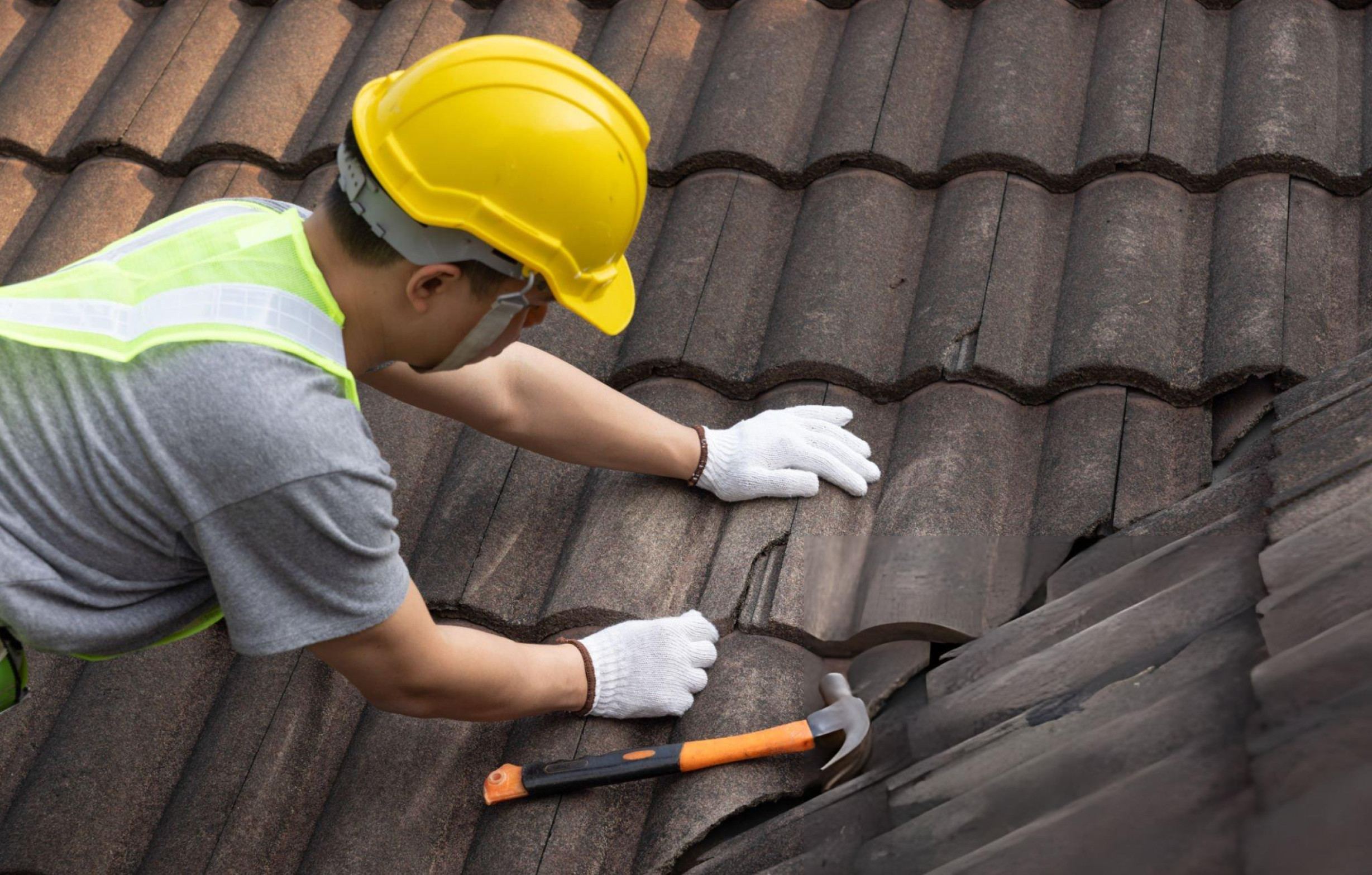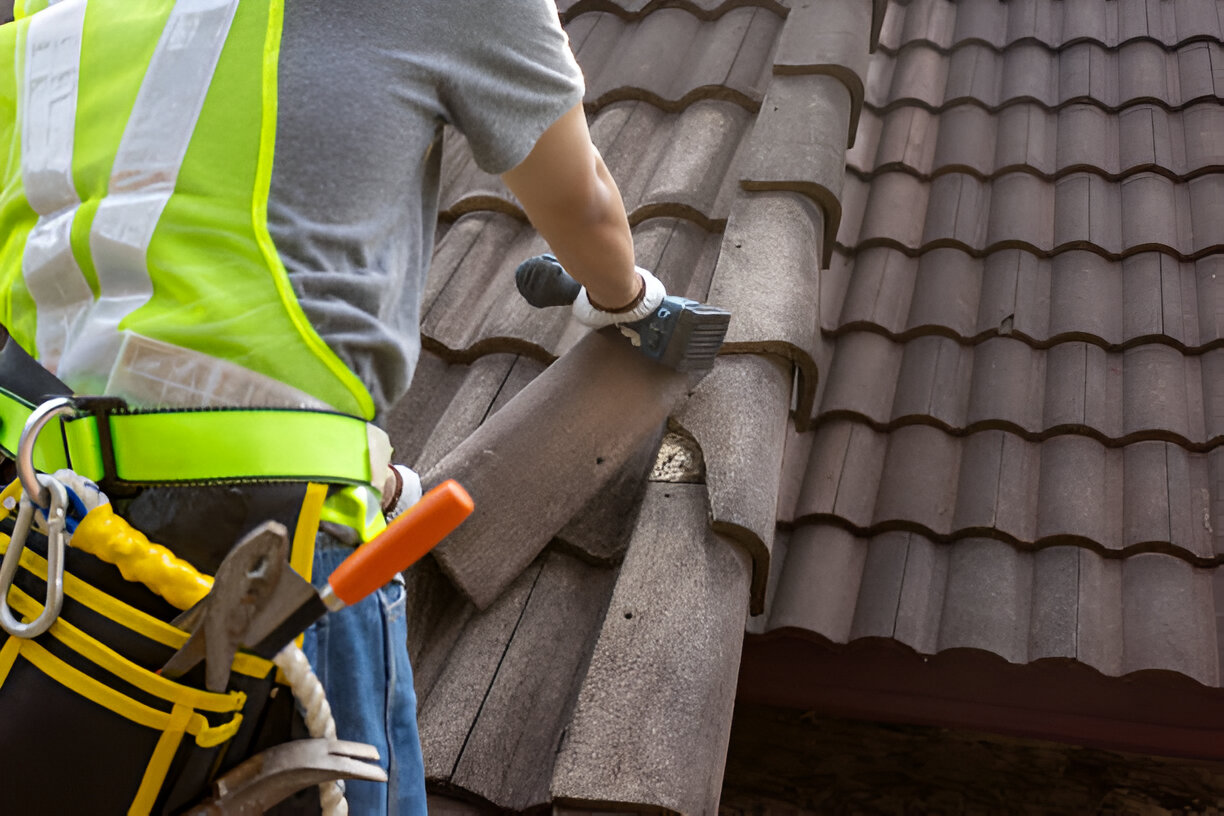
OUR SERVICES
Trust an Experienced
Local Company to Work on Your Siding!


Wood Siding



Vinyl Siding



you ever looked up at your roof and thought, it’s time to replace this thing?” Most of us don’t want to think about our roofs until a leak shows up or a shingle goes missing. But here’s the truth: roofs don’t last forever. And while patching problems here and there can work for a while, it’s not a permanent solution. Eventually, a full replacement becomes necessary to keep your home, and everyone in it, safe and dry.
So how do you know when that time has come? Let’s break it down together, step by step, in a way that’s easy to understand. In this blog we will share the signs to watch for, what happens during a replacement, and why professional installation really matters.

Let’s start with the basics. How do you even know your roof is in trouble? It’s not always obvious until it’s too late, so paying attention to a few key warning signs can save you a lot of stress, and money.
Sagging Roofs
Have you ever noticed that parts of your roof seem uneven or saggy? It might just look a little off, but a sagging roof is more than a cosmetic issue. Usually, it means the supports underneath are compromised.
This could be from water damage, age, or even insects quietly munching away. Ignoring it isn’t an option. A sagging roof can collapse if left unchecked, and that’s a serious risk for your home and family.
Leaks and Water Damage
Next, take a walk through your home or attic. Have you seen water stains on your ceilings or walls? Maybe a damp spot you can’t quite explain? That’s water intrusion, and it’s a classic sign that your roof isn’t keeping water out like it should.
Even if your gutters are sparkling clean, leaks can still happen. Water can damage insulation, encourage mold growth, and even weaken your walls and ceilings. And let me tell you, what starts as a small leak can quickly turn into a very expensive problem if ignored.
Shingles That Are Old or Damaged
Shingles are your roof’s first line of defense against wind, rain, and sun. Over time, they wear out. Curling, cracking, or missing shingles? That’s a big hint that a roof replacement Seattle might be coming soon.
Asphalt shingles usually last about 20–25 years, while metal or tile roofs tend to last longer, but eventually, every roof hits its limit. Repairs can help temporarily, but they’re not a permanent solution once the roof is past its prime.
Mold, Algae, and Vegetation
Green streaks, moss, or even vines creeping across the roof might look kind of charming from the ground, but they are actually slowly destroying your roof.
Mold, algae, and plants trap moisture, which speeds up decay and damage. If you’re seeing growth like this, replacement isn’t just a “maybe”, it’s probably inevitable.
Multiple Repairs in a Short Time
How often have you called someone to fix a leak, a broken shingle, or flashing issues? If it feels like it’s happening every season, it’s time to ask yourself a tough question: is it worth constantly repairing, or is it smarter to replace the roof entirely?
Repairs can buy you time, but after a point, the cost and effort usually outweigh just getting a new roof.
Here’s a simple question: how old is your roof? Age is one of the easiest ways to gauge whether replacement is necessary. Even if it looks okay on the outside, shingles and underlayment degrade over time.
Asphalt shingles generally last 20–25 years, wood shakes can make it to about 30, and metal, tile, or slate roofs often last longer, but no roof lasts forever.
If your roof is over two decades old, replacement is often safer than trying to patch it endlessly. Planning ahead keeps your home protected and gives you peace of mind.
Let’s be real, waiting until an emergency happens is never a good strategy. A tiny leak can quickly escalate, causing damage to ceilings, walls, floors, and even your electrical system. If the underlying structure is compromised, the damage becomes much more serious and expensive.
Replacing a roof proactively prevents these surprises.
A new roof also boosts energy efficiency, keeps your home insulated, and reduces heating and cooling costs. In other words, taking action now can save you headaches, and money, later.

If it’s time to replace your roof, what actually happens? Let’s walk through the process in plain language:
Inspection
Before anything else, a professional will carefully evaluate your existing roof. They’ll check for damage, rot, or structural issues. This step ensures nothing is missed.
Removal of Old Materials
Shingles, tiles, or metal sheets are removed, and any damaged underlayment or decking is addressed. You can think of it as giving your roof a fresh start.
Repairing the Roof Deck
If there are small damages to the deck or supports, they’re repaired before new materials go on. This step is critical, your roof only works as well as its foundation.
Installation of New Roofing Materials
New shingles, tiles, or metal sheets are installed with precision. Proper alignment, sealing, and fastening are essential to prevent leaks and keep your roof looking great.
Cleanup and Final Inspection
All debris is cleared, and the roof is checked for gaps, leaks, or loose materials. The job isn’t finished until everything is secure.
A roof replacement Seattle isn’t just a cosmetic upgrade, it ensures your home remains safe, dry, and structurally sound for years to come.
Sometimes it’s not about replacement. If you’re building a new home or adding a room, you need a brand-new roof from scratch. This is your chance to do things right from the start.
Why Professional Installation Matters
Safety: Roofing is dangerous work. Working at heights and handling heavy materials carries risk. Proper tools and techniques make a big difference.
Precision: Even minor mistakes can cause big headaches later. Misaligned shingles or poorly sealed edges can lead to leaks, drafts, or uneven surfaces. Attention to detail prevents costly problems.
Durability: A roof is only as good as its installation. Done right, it lasts decades, resisting wind, rain, snow, and sun. Proper installation keeps everything in place and prevents early wear.
Efficiency: A well-installed roof doesn’t just keep water out. Proper insulation and ventilation reduce heating and cooling costs, prevent moisture buildup, and keep your home healthy.
Here’s a quick guide:
Minor Shingle Damage: A few cracked or missing shingles? Simple repairs might be enough. Keep an eye on it, but don’t panic.
Frequent Leaks or Sagging: Water sneaking in or saggy spots are warning signs. Repairs may work temporarily, but replacement is usually smarter and safer.
New Home or Addition: If you’re building, proper installation is essential. Don’t cut corners, this sets the stage for decades of protection.
Aging Roof (20+ years): Even if it looks okay, age weakens materials. Replacement is often the best option to avoid emergencies.
Even after a replacement or new installation, for right roofing Seattle maintenance is key. A little attention goes a long way:
Keep gutters and downspouts clean to prevent water backup.
Trim overhanging tree branches to avoid falling debris.
Inspect your roof periodically for damage, algae, or moss.
Address small leaks immediately before they grow into bigger problems.
Routine care might not stop a roof from eventually needing replacement, but it can delay it, and save money in the process,
Think your roof is just about protection? Think again. It’s a big part of curb appeal and home value. A well-maintained roof can increase resale value, while an aged or damaged roof can deter buyers.
A new roof also improves energy efficiency. Modern materials reflect heat better and insulate more effectively, lowering energy bills. So replacing or installing a roof isn’t just about preventing leaks, it’s an investment in comfort, safety, and long-term value.
So, how do you know when it’s really time to replace your roof? Start by looking up. Do you see sagging spots? Shingles that are curling, cracking, or missing? Any water stains on ceilings or walls? Even small leaks or mold shouldn’t be ignored. These are all signs your roof isn’t doing its job like it used to.
Age matters too. Most roofing Seattle lasts about 20–25 years, so if yours is getting close, it’s smart to start planning a replacement rather than waiting for an emergency.
Thinking about a roof replacement might feel overwhelming, but it’s really an opportunity: an opportunity to protect your home, save money in the long run, and keep your family safe and dry. If it’s a new home or an addition, proper installation can make a huge difference in durability and efficiency.
And don’t forget, keeping an eye on your roof, checking for leaks, cleaning gutters, trimming branches, can prevent small issues from turning into major headaches. Acting early keeps your home secure, comfortable, and stress-free.
So, take a walk around your house this weekend, look up, and ask yourself: is it time to give my roof the attention it deserves? Chances are, a little proactive planning now will save you a lot of stress later.
See Also : Seattle Roof Installations Built for Business Longevity and Safety
1. How do I know if my roof really needs a full replacement?
Look for signs like sagging areas, curling or missing shingles, frequent leaks, water stains on ceilings, or mold and algae growth. Age matters too—most roofs last around 20–25 years. If your roof shows multiple warning signs, replacement is usually the safer option.
2. Can I just keep repairing small problems instead of replacing the roof?
Sure, small repairs can work if damage is minor. But if you’re calling someone to fix leaks or shingles every year, it might be costing more in the long run than a full replacement. Think of repairs as temporary fixes, not a permanent solution.
3. Will replacing my roof save on energy bills?
Yes! New roofing materials, proper insulation, and good ventilation help keep your home cooler in summer and warmer in winter. A properly installed roof can reduce heating and cooling costs while keeping your home comfortable.
4. How long will a new roof last?
It depends on the material: asphalt shingles typically last 20–25 years, wood shakes around 30, and metal, tile, or slate roofs can last even longer. Proper installation and maintenance help you get the most life out of your roof.
You might also like these..









We always put our client’s preferences and budgets at the top priority. Why don’t you send us a message today to get a free estimate for your remodeling needs?
